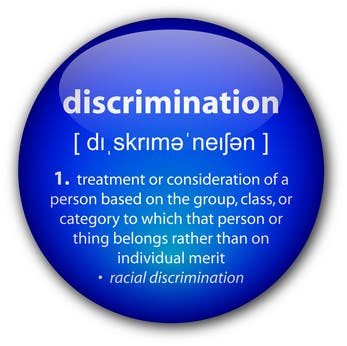By Eric B. Meyer
Last September, for the first time ever, the EEOC sued two private employers for discriminating against employees who had transitioned from one gender to another.
One of those cases settled last week for $150K.
Yesterday, the other action survived the employer’s motion to dismiss the case.
Now, the federal court deciding the motion did conclude that transgender status is not a protected class under Title VII. However, the EEOC also alleged that the employer fired a transgender employee because the employee did not conform to the employer’s sex- or gender-based preferences, expectations, or stereotypes.
Sex-stereotyping is sex discrimination
In Price Waterhouse v. Hopkins, the Supreme Court was clear that, under Title VII, discrimination because of “sex” includes gender discrimination.
And while you don’t need to be a transgender employee to have a viable discrimination claim based on failure to conform to sexual stereotypes, the Court confirmed that a transgender employee who is treated differently because an employer does not believe that he/she conforms to sexual stereotypes, has a valid Title VII claim too:
After Price Waterhouse, an employer who discriminates against women because, for instance, they do not wear dresses or makeup, is engaging in sex discrimination because the discrimination would not occur but for the victim’s sex. It follows that employers who discriminate against men because they do wear dresses and makeup, or otherwise act femininely, are also engaging in sex discrimination, because the discrimination would not occur but for the victim’s sex.”
And sex discrimination is unlawful.
Presumably, most courts would concur that transgender status is not a protected class under Title VII. But, the rigidity with “societal norms” could find you defending a sex discrimination lawsuit with teeth.
This was originally published on Eric B. Meyer’s blog, The Employer Handbook.
